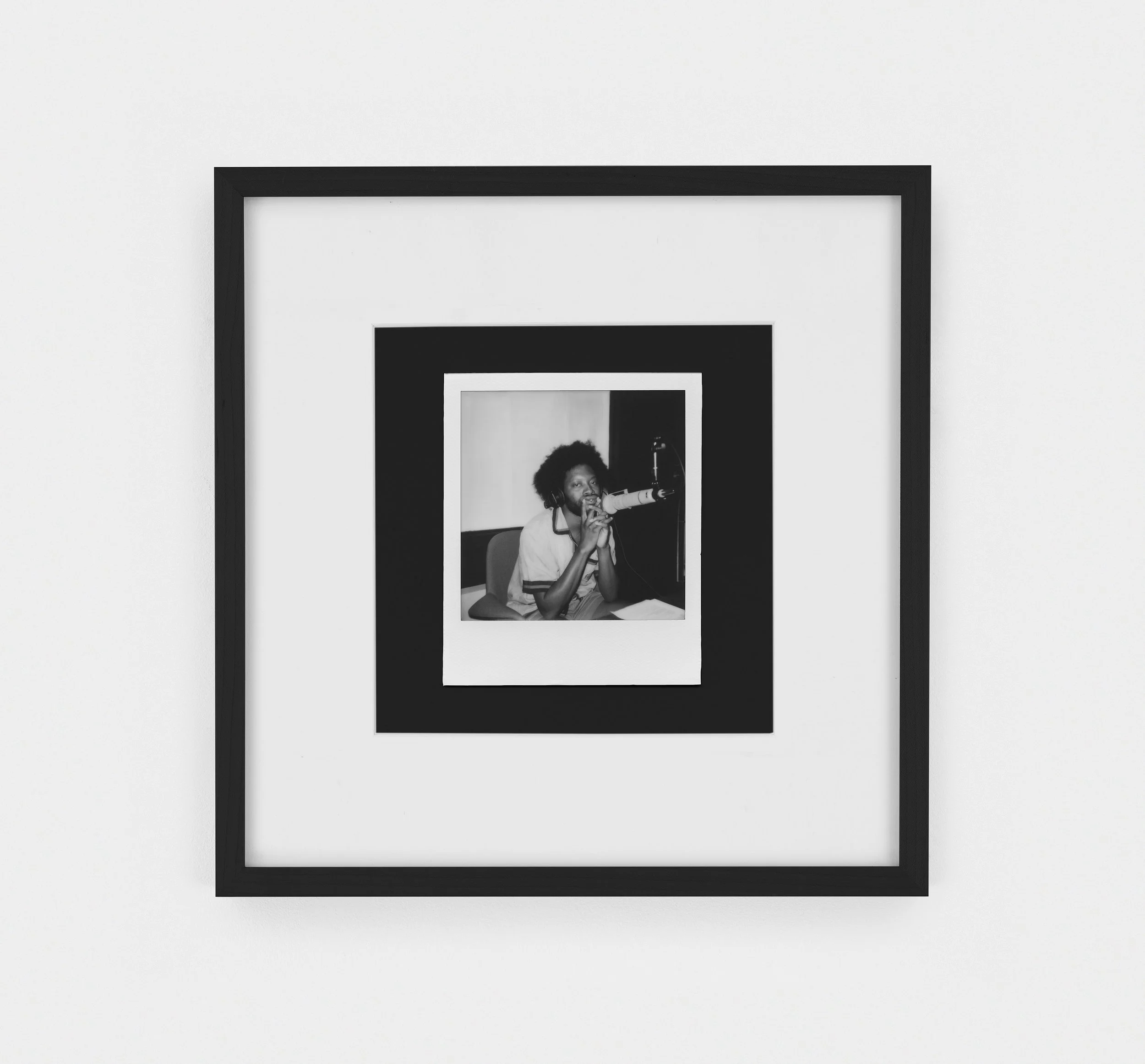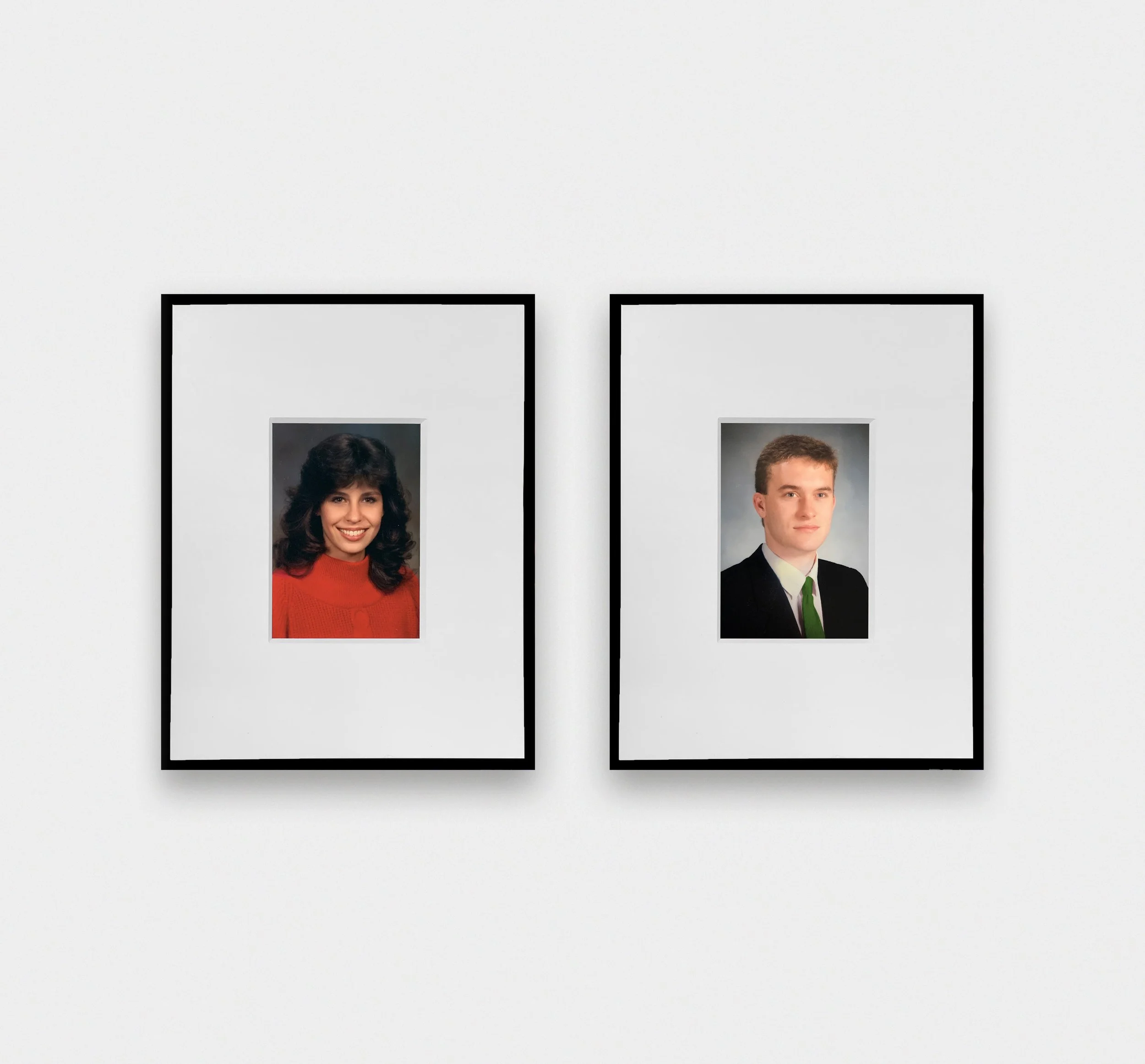“[Archives] are only retained if they are considered to be of long-term historical value . . . They are not created consciously as a historical record. Their strength is that they are a contemporaneous record and must be viewed in the light of who drew up that document and why . . . Documents do not have to be ‘old' to be [in] an archive, just no longer required for the use for which they were created. They come in a wide range of analogic and digital media . . . documents, electronic resources (including web sites and email), photographs and film, and sound recordings.”⁷ (International Council on Archives 2023)
“[Archives] are only retained if they are considered to be of long-term historical value . . . They are not created consciously as a historical record. Their strength is that they are a contemporaneous record and must be viewed in the light of who drew up that document and why . . . Documents do not have to be ‘old' to be [in] an archive, just no longer required for the use for which they were created. They come in a wide range of analogic and digital media . . . documents, electronic resources (including web sites and email), photographs and film, and sound recordings.”⁷ (International Council on Archives 2023)
ARCHIVE
An ongoing personal project that methodically compiles visual material through the documentation of ephemera. Each of these objects hold significance as related to my personal and professional experiences.
Images © Respective Artists
“[Archives] are sources of history, but they are also its subjects, sites with histories, and politics of their own . . . the product of decisions made by a range of stakeholders, from those who wrote the papers they contained, to the archivists who have processed and cared for them, to the state bureaucracies and officials who have determined which records were saved and which were destroyed, to the scholars who have excavated their contents over the years. No archive is innocent.”¹ (Yale 2015, 332)
1. Elizabeth Yale. Book History, Volume 18 (Baltimore, Maryland: Johns Hopkins University Press, 2015), 332.
Figure 1. My Mother, Michelle Casto (née Bolin), in a test shoot for print advertising campaigns, c. 1982. Coincidentally, her grandmother’s second husband ran a franchised Arby’s on the West Side of the Greater Cleveland area. Photo by Academy of Professional Modeling, Inc.
Figure 2. Photo by Gilly Safdeye, c. 1985–1988. Found at Big Reuse in Brooklyn, NY.
Figure 3. Art documentation of a video tape copy of a performance by Bruce Nauman. Photo by Alex Casto.
Figure 4. Jeremy O'Harris, photographed at Slate Studios in Brooklyn, New York in September of 2019. Photo by Alex Casto.
Figure 5. after Josef Albers. 'Hommage au Carre (Homage to the Square)', 1972. Serigraph from “Josef Albers: Son Oeuvre et Sa Contribution à Figuration Visuelle Au Cours Du XXe Siècle”. Published by Dessain et Tolra, 1972. Serigraph by Herbert Geier, Ingolstadt, Germany & Ives-Sillman, Inc., New Haven, Connecticut, USA.
Figure 6. My mother, Michelle Casto (née Bolin), photographed at the age of seventeen in 1986 and my father, Christopher Casto, photographed at the age of twenty-one in 1988. Photographers unknown.
Figure 7. A work by Ali Keshmiri. Photo by Alex Casto.
LAST ENTRY MODIFIED JANUARY 31, 2024
LAST ENTRY MODIFIED JANUARY 31, 2024






